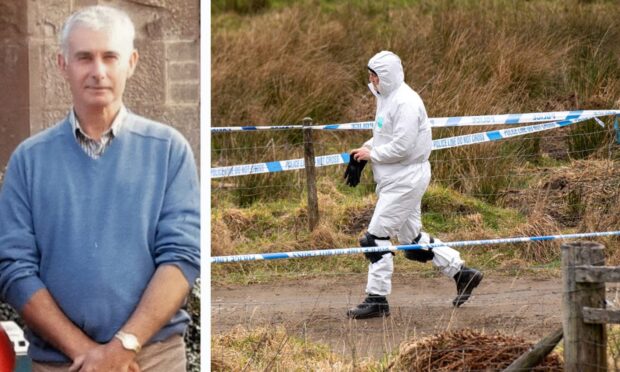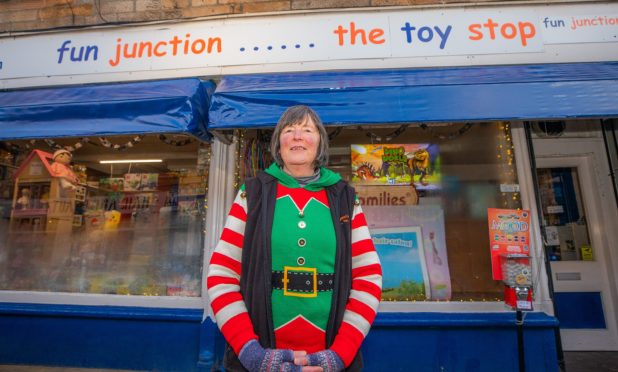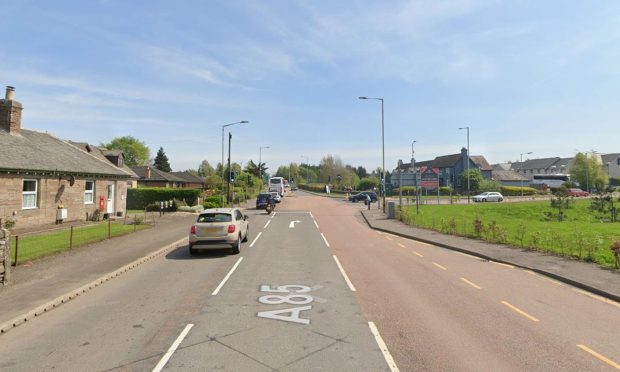Cases of fraud and cyber crime rocketed across Tayside during lockdown, a Police Scotland study has revealed.
The rate of incidents in Perth and Kinross soared by more than 140% between April and September, while Dundee and Angus also reported significant increases.
In one notable case, a Crieff woman in her 80s was cheated out of £40,000 after being persuaded to part with her bank details. She had been told she was due a refund from Amazon Prime.
The pensioner was also convinced to buy hundreds of pounds worth of Google gift cards and then give their details to the scammers. The case is still under investigation.
Police said there was an increase in calls about hoax refunds from real companies, as well as a wave of coronavirus-themed phishing attacks where fraudulent emails are sent out to induce computer users to reveal personal information such as passwords and credit card numbers.
About 10% of fraud cases come from outside the area or even overseas, and local police often face frustrating delays tracing the source through internet service providers.
The figures were released by Police Scotland as part of a quarterly round-up to be presented to Perth and Kinross Council’s housing and communities committee next week.
The survey shows 141 new cases in Perth and Kinross, compared to 58 during the same period last year.
There were 277 incidents reported in Dundee, which is 70 up on 2019.
And there were 112 cases across Angus, nearly double the amount recorded 12 months earlier.
Chief Superintendent Andrew Todd said detection rates were lower across the country.
“Whilst changes to crime recording standards which came into forced in April have been a factor, changes to the populations online habits during coronavirus have led to an increase in cyber-enabled fraud,” he said.
“This includes a range of methods such as sending fraudulent emails and agreeing the purchase of goods via the internet.”
He said: “There is no obvious pattern in the victim profile, with males and females in their 20s being the most prevalent victims of cyber-enabled fraud, however all ages can be targeted.”
Mr Todd said there was no evidence to suggest older or vulnerable people were being specifically targeted.
“However, it is recognised that these crimes may be under-reported,.
“Engagement with internet service providers and the availability of cyber evidence often results in significant delays in investigating these crimes.”
Discussions are ongoing to explore ways of raising awareness of growing fraud with “harder to reach communities” such as older people who don’t use social media.










